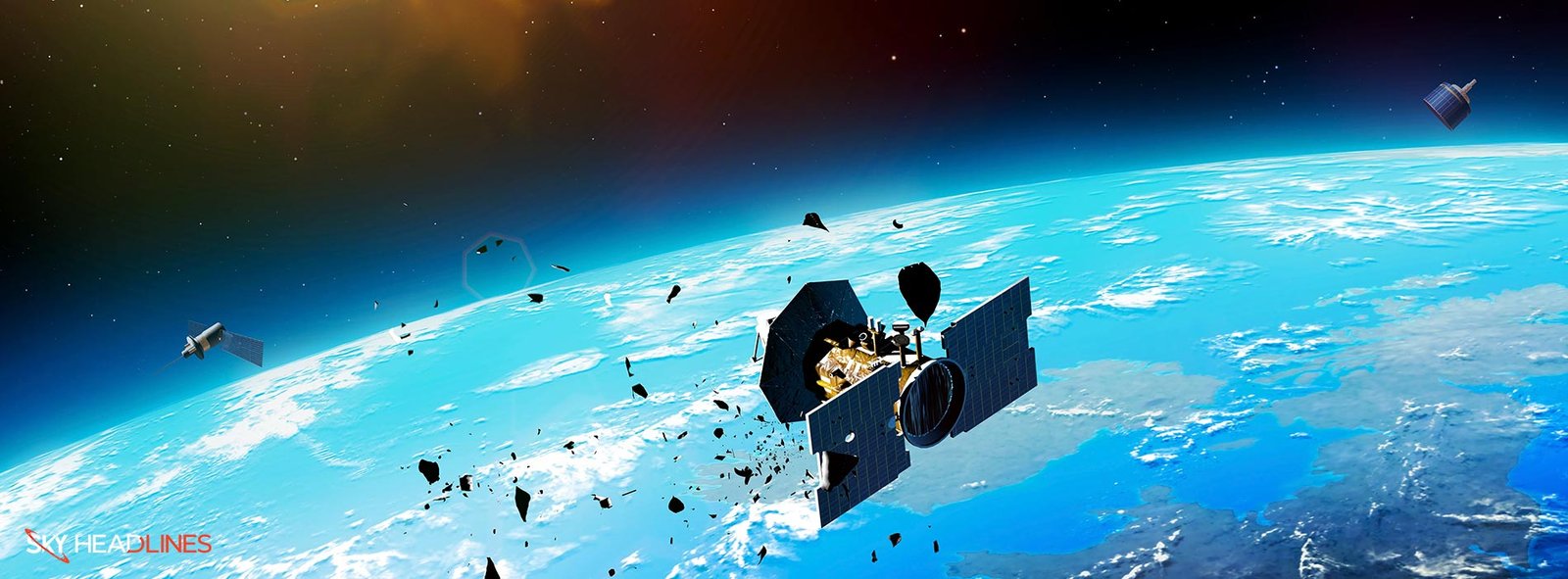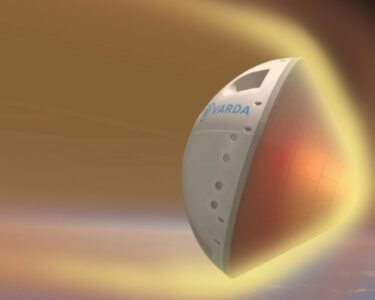When did the satellite fall apart?
On January 3, the spacecraft fell apart creating a cloud of debris that could linger in Earth’s orbit. The U.S. Space Force’s 18th Space Defense Squadron (18th SDS) says that Kosmos 2499 says that the spacecraft brakes on the night of January 3.
According to the U.S. Space Force, the Russian satellite got broke during the first week of January. The secretive satellite was orbiting the Earth to perform orbital rendezvous and inspection maneuvers. The main role of this mysterious satellite is to track human-made objects in orbit
The Announcement:
On Monday, February 6, 18th SDS says in a tweet that the Russian satellite breaks up into eight-five small pieces of trackable debris. Moreover, 726 miles (1,169 kilometers) above Earth the scattered pieces of the satellite will eventually reach the surface of Earth. And there is a possibility that it could take more than 100 years to reach the Earth’s surface.
#18SDS has confirmed the breakup of COSMOS 2499 (#39765, 2014-028E) – occurred Jan 4, 2023 at appx 0357 UTC. Tracking 85 associated pieces at est 1169 km altitude – analysis ongoing. #spacedebris #space @SpaceTrackOrg @US_SpaceCom @ussfspoc
— 18th Space Defense Squadron (@18thSDS) February 7, 2023
What was the reason behind the breakdown?
However, it is still not known what is the reason behind Kosmos 2499. The 18th SDS has not given any clear statement of the crash.
On May 2014, the mysterious satellite takes off according to Anatoly Zak of RussianSpaceWeb.com. The secretive Russian satellites carried three Rodnik military communications satellites along with a Russian Rockot vehicle.
As the Russian Satellite was never officially exposed. And the launch of the satellite was also kept a secret. The U.S. satellite trackers first thought it was a piece of scrap and named it Object E. But after some time the piece of scrap began to trick and spy. only closes in on the Rockot’s Briz-M upper stage.
Zak wrote: “By the end of October [2014], the U.S. officially re-classified Object E as ‘payload’ instead of a ‘fragment’ and finally cataloged it as Kosmos 2499 (with a ‘translated’ spelling ‘COSMOS 2499’),” And, “The U.S. military was now rechecking orbital parameters of the mysterious satellite three or four times a day!”
According to Zak’s statement, the investigations of orbital elements show that Kosmos 2499 makes a close call on November 9, 2014. It got close within just 0.47 miles (0.76 kilometers) of the Briz-M. It immediately backs off, however, on November 25 it comes within 0.33 miles (0.53 km) of the rocket body.
What are the rumors about Kosmos 2499?
Rumors spread that the Russian satellite “Kosmos 2499” and “Kosmos 2491” are similar to the one that was launched in December 2013. A spacecraft that chase down other satellites and disables them.
Oleg Ostapenko Explanation:
However, the head of Russia’s federal space agency Roscosmos “Oleg Ostapenko” addresses such rumors. On December 2014, at a press conference Oleg Ostapenko says: “According to Ostapenko, the satellites were developed in cooperation between Roscosmos and the Russian Academy of Sciences and were used for peaceful purposes, including unspecified research by educational institutions,” Moreover, he says: “They completed their mission,’ Ostapenko said, without elaborating what that mission had been.”
Regardless of Ostapenko’s explanation, the rumors of the mysterious satellite remain in the air for several more years. According to Zak, Kosmos 2499 made some maneuvers in early 2017.
However, the Russian satellite won’t be bothering anyone anymore. As its time of maneuvering is now over. Kosmos 2499’s end is a reality and its dismantled components are now flying above our Earth’s surface.
The end of the secretive satellite:
Kosmos 2499 is now in 36,500 pieces of debris. And each piece is at least 4 inches (10 centimeters) wide. The space junk is now flying above the Earth’s surface. This is neither good nor to be afraid of. As about 130 million objects are above our head each of about at least 1 millimeter wide. And our planet can tackle such large objects. However, this could be alarming for the other satellites that are above our heads.





